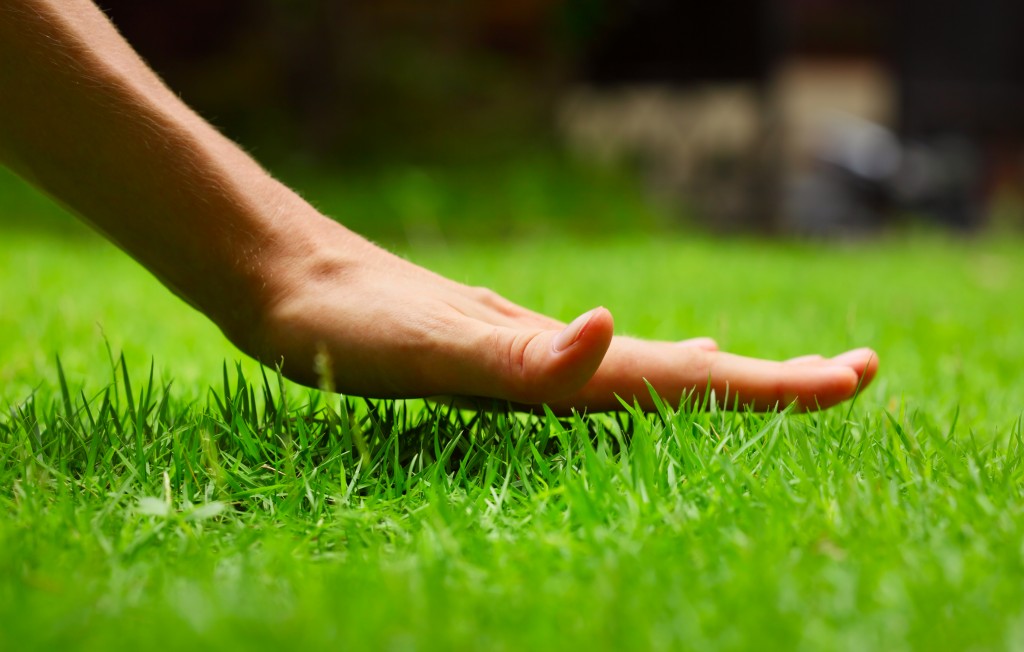Despite being a European import, the grass lawn is now as American as apple pie. Seeing how it’s been a big part of American culture for decades, you’d think the grass lawn won’t be going away—but this could change. The average American home has gotten bigger, while lawns have shrunk. The demand for grass lawns may also decline due to a water shortage predicted in the near future. So as the traditional lawn becomes less viable, here are other landscape options to consider.
Pea Gravel
This type of gravel is an excellent lawn substitute. Pea gravel is easy and quick to install while being highly economical. Covering areas of your landscaping in layers of at least 2 inches deep with stones measuring 3/8 to ½ inches in thickness should ensure good coverage. A popular way of using pea gravel is to have it in different colors or earth tones instead of in a single color. Some of these stones will have sharp edges, so be sure not to use this as coverage for paths where your pets tread or children play.
Native Grasses
Large, native grasses can be planted together to create meadow-like areas in your landscaping. These grasses can give your home a prairie-like look when the wind blows through them. If you’re uncertain as to which native grasses look good and need less water, you can hire a garden landscaping service in San Luis Obispo to help you pick out the right grasses and design your garden layout.
Permeable Paving
Another drought-resistant landscaping alternative, permeable paving is gaining popularity due to its eco-friendly nature. Rainwater can pass through this pavement and seep into the ground. The water can then be used as part of a rainwater harvesting system. This type of paving is best for landscaping driveways, walkways or a patio not connected to the house. Apart from being a potential source of water, permeable paving can protect against soil erosion, assist in water retention for landscaping, and minimize water pooling in low-lying areas of your home.
 Artificial Turf
Artificial Turf
When you still want a manicured lawn that’s eco-friendly and drought-resistant, choose artificial turf. A throwback from the 1970’s, artificial turf requires zero maintenance and stays green all year round. No more mowing, watering, weeding, or fertilizing. Artificial turf is amazingly life-like and comes in many varieties. Almost no one can tell the difference between it and real grass unless inspect it very closely.
Xeriscaping
This is the use of native ornamental plants that have little need for water. Xeriscaping is a landscaping philosophy that the Denver Water Department created to give residents the option of gardening with much less water. Xeriscaping involves efficient irrigation techniques for native plants, such as grouping plants with similar water needs together. When implemented properly, xeriscaping can reduce water usage by 75 percent, or save as much as 120 gallons of water daily.
If you want to save money on landscaping maintenance costs and reduce water usage, shifting away from the traditional grass lawn is a good move. Any of these drought-resistant alternatives to a manicured lawn are just as attractive and will retain your home’s curb appeal.
